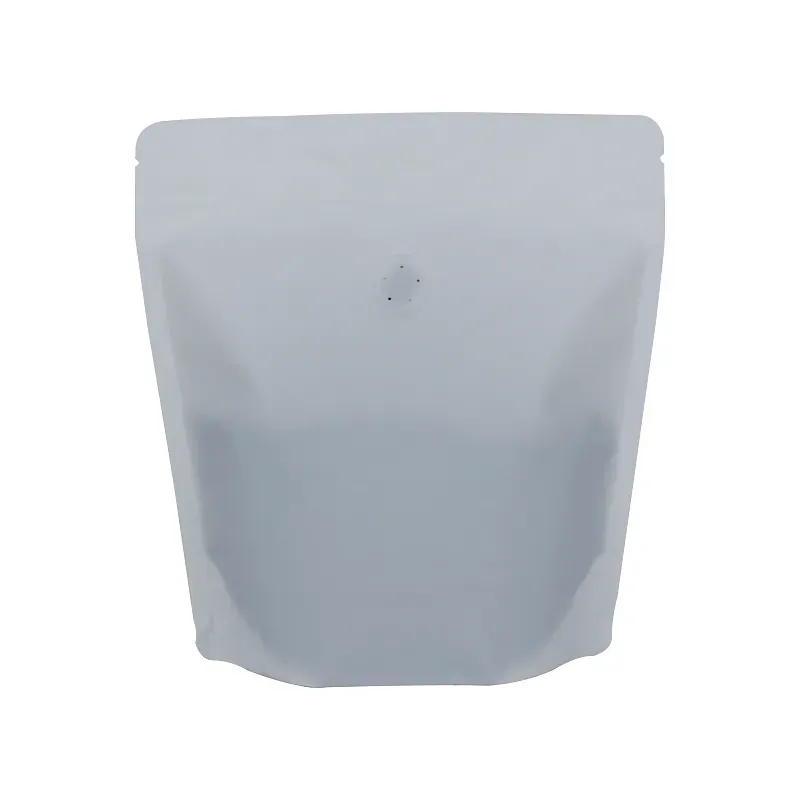- Afrikaans
- Albanian
- Amharic
- Arabic
- Armenian
- Azerbaijani
- Basque
- Belarusian
- Bengali
- Bosnian
- Bulgarian
- Catalan
- Cebuano
- chinese_simplified
- chinese_traditional
- Corsican
- Croatian
- Czech
- Danish
- Dutch
- English
- Esperanto
- Estonian
- Finnish
- French
- Frisian
- Galician
- Georgian
- German
- Greek
- Gujarati
- haitian_creole
- hausa
- hawaiian
- Hebrew
- Hindi
- Miao
- Hungarian
- Icelandic
- igbo
- Indonesian
- irish
- Italian
- Japanese
- Javanese
- Kannada
- kazakh
- Khmer
- Rwandese
- Korean
- Kurdish
- Kyrgyz
- Lao
- Latin
- Latvian
- Lithuanian
- Luxembourgish
- Macedonian
- Malgashi
- Malay
- Malayalam
- Maltese
- Maori
- Marathi
- Mongolian
- Myanmar
- Nepali
- Norwegian
- Norwegian
- Occitan
- Pashto
- Persian
- Polish
- Portuguese
- Punjabi
- Romanian
- Russian
- Samoan
- scottish-gaelic
- Serbian
- Sesotho
- Shona
- Sindhi
- Sinhala
- Slovak
- Slovenian
- Somali
- Spanish
- Sundanese
- Swahili
- Swedish
- Tagalog
- Tajik
- Tamil
- Tatar
- Telugu
- Thai
- Turkish
- Turkmen
- Ukrainian
- Urdu
- Uighur
- Uzbek
- Vietnamese
- Welsh
- Bantu
- Yiddish
- Yoruba
- Zulu
how do you write length width and height
When it comes to writing dimensions, specifically length, width, and height, clarity and precision are essential. Whether you're drafting a technical specification, describing a piece of furniture, or outlining the dimensions of a room, knowing how to properly articulate these measurements can make a significant difference in communication.
To start with, it is crucial to understand what each of these terms means. Length refers to the longest side of an object. For example, in a rectangular table, the length would be the side that is longer. Width, on the other hand, represents the shorter side. In the case of the same table, it would be the side that is not as long as the length. Height indicates how tall an object is, typically measured from the base to the top. For instance, if you have a bookshelf, the height is the measurement from the floor to the top shelf.
When writing these dimensions, the common convention is to list them in the order of length, width, and height, often abbreviated as L x W x H. For example, if a box measures 20 inches in length, 10 inches in width, and 5 inches in height, you would write it as 20x10x5. This format helps convey the dimensions quickly and succinctly, making it easier for readers to grasp the details at a glance.
Moreover, it is important to specify the units of measurement you are using. Common units include inches, centimeters, meters, and feet. For clarity, always indicate the unit after the measurement, especially if there is a possibility of misunderstanding. For instance, stating 20 inches (20”) long or 50 centimeters (50 cm) high ensures that there is no ambiguity about the size being discussed.
In addition to standard measurements, sometimes you might work with irregularly shaped objects. In such cases, it can be helpful to describe the dimensions that capture the essence of the object. For example, with an irregularly shaped piece of art, you could provide a general maximum length and width, stating something like, approximately 30 inches tall at its highest point and 24 inches wide at its widest. This kind of description conveys the size while acknowledging the object's unique characteristics.
how do you write length width and height

When presenting dimensions in written documents, visual aids can enhance understanding. Including diagrams, sketches, or photos with annotated dimensions can be extremely effective. For example, if you are selling furniture, a well-labeled image that shows length, width, and height can provide potential buyers with a clear idea of the item’s size without them needing to read through dense text.
Additionally, consider your audience when conveying dimensions. If you are writing for a general audience, it may be helpful to provide context for the measurements. For instance, instead of simply stating the table is 60 inches long, you could say, the table is 60 inches long, which comfortably seats six people. This gives readers a better understanding of the relevance of the measurement rather than just presenting numbers.
Lastly, consistency is key. If you begin using a specific unit of measurement or a particular format for dimensions, stick with it throughout your document. This approach helps maintain clarity and professionalism.
In conclusion, writing about length, width, and height requires attention to detail and an understanding of your audience. By being clear, consistent, and precise, you can effectively communicate the dimensions of any object, ensuring your readers have the information they need to visualize and understand the size of what you are describing.













